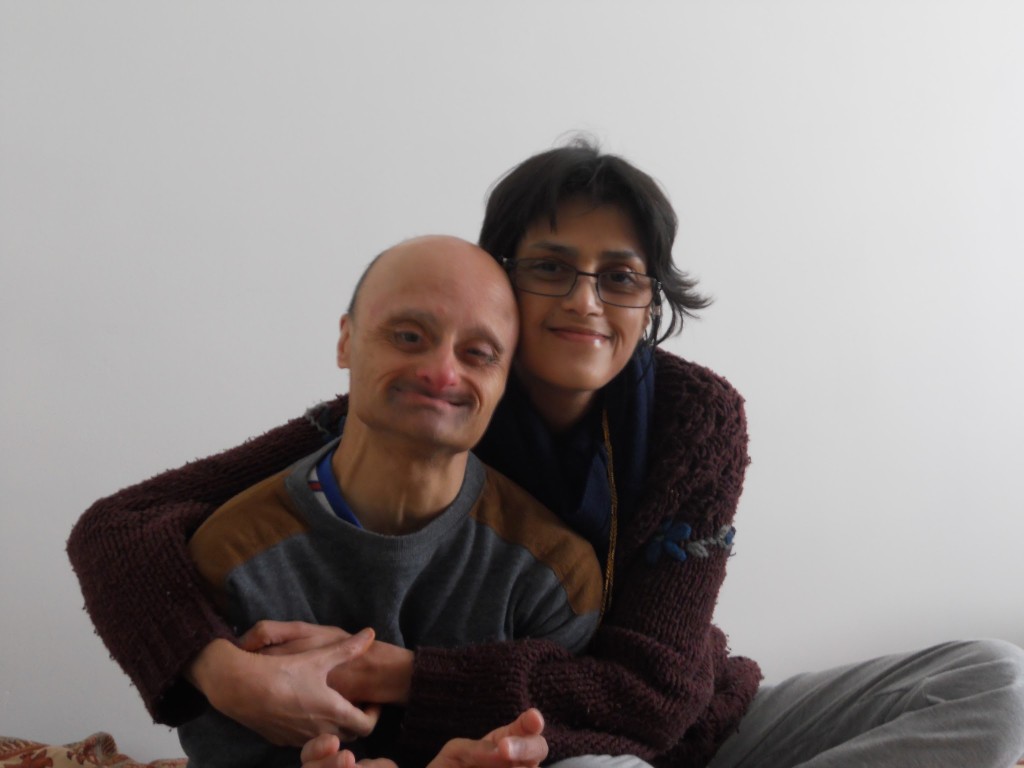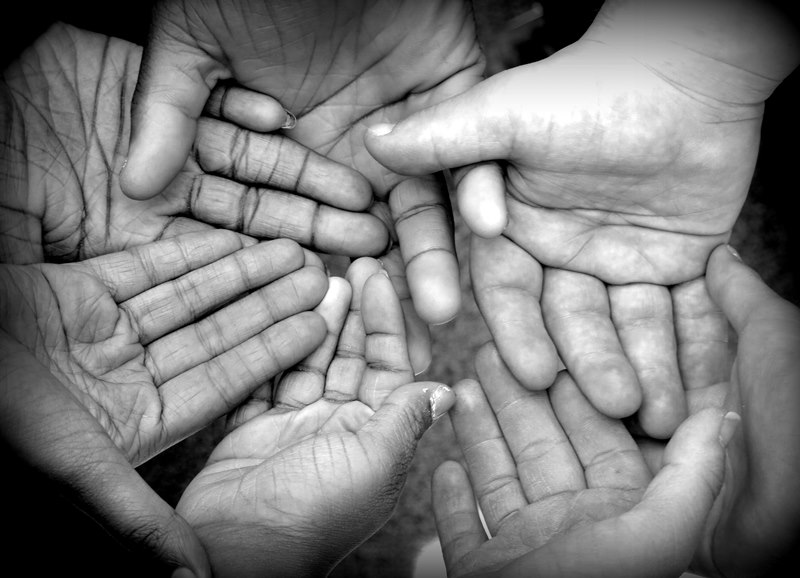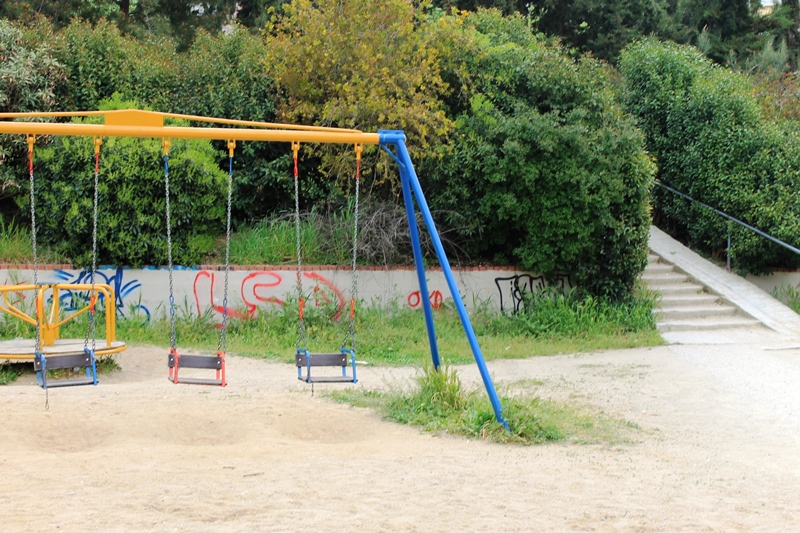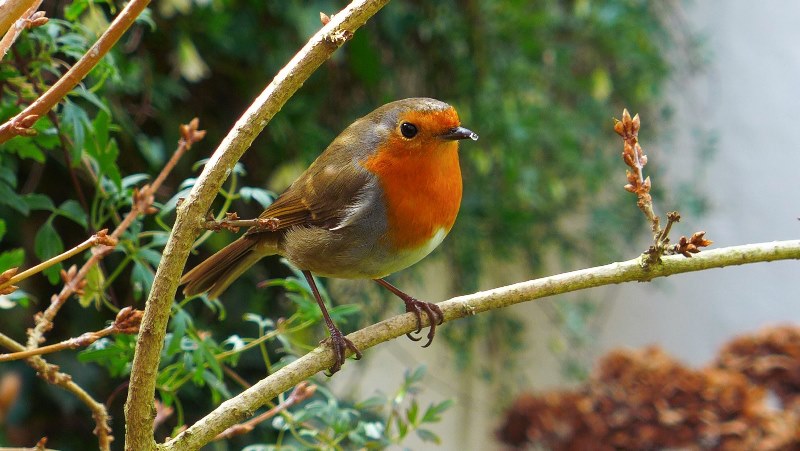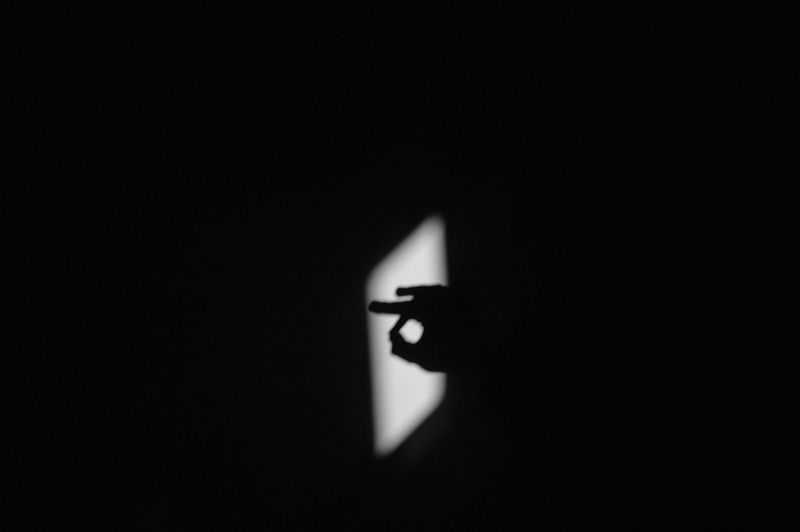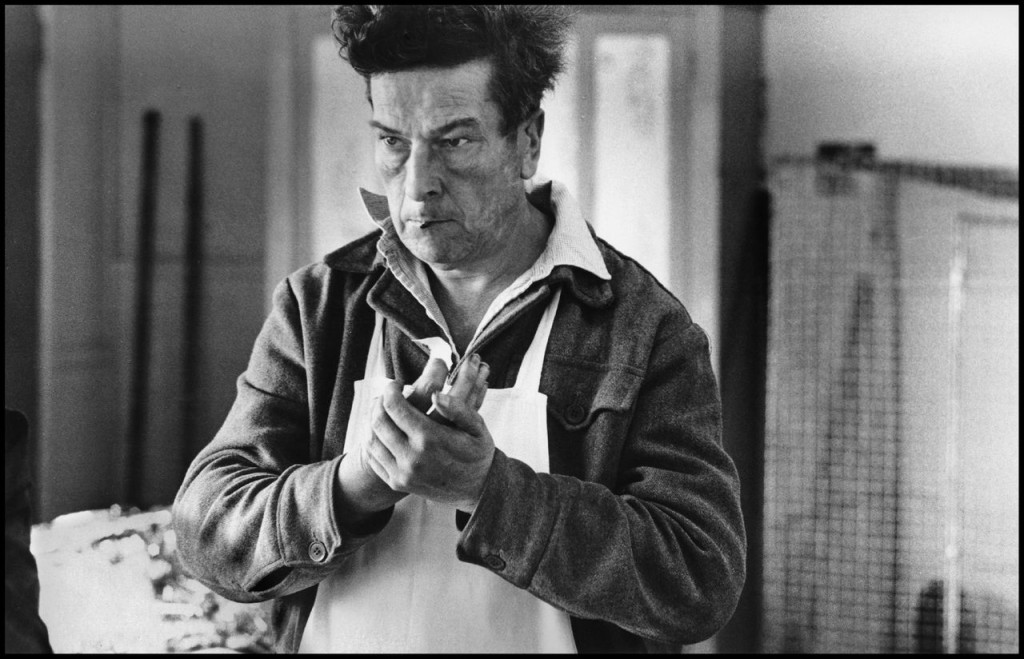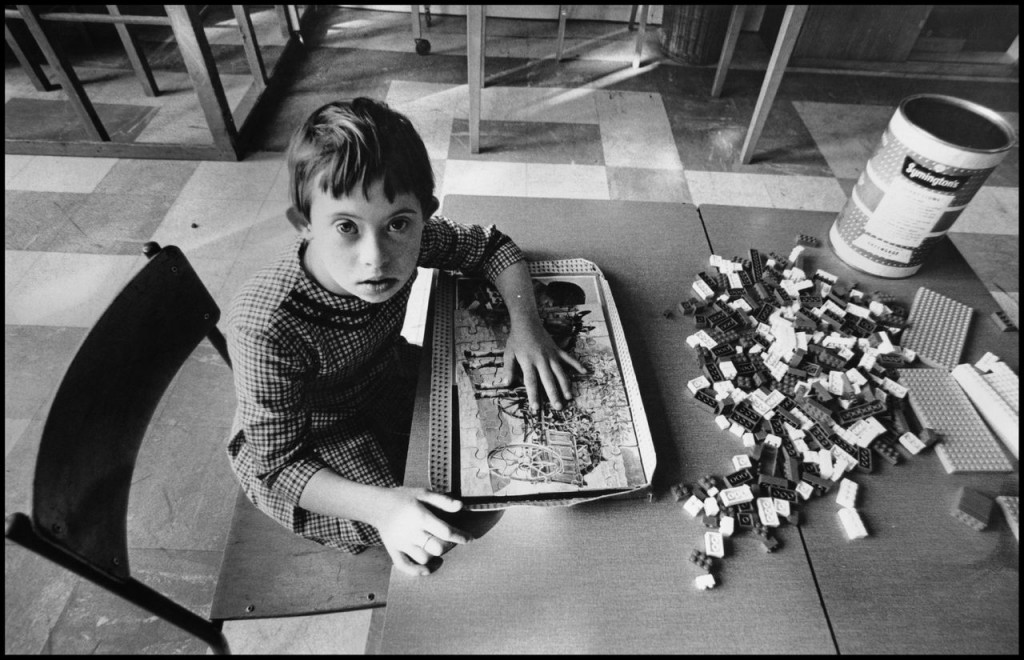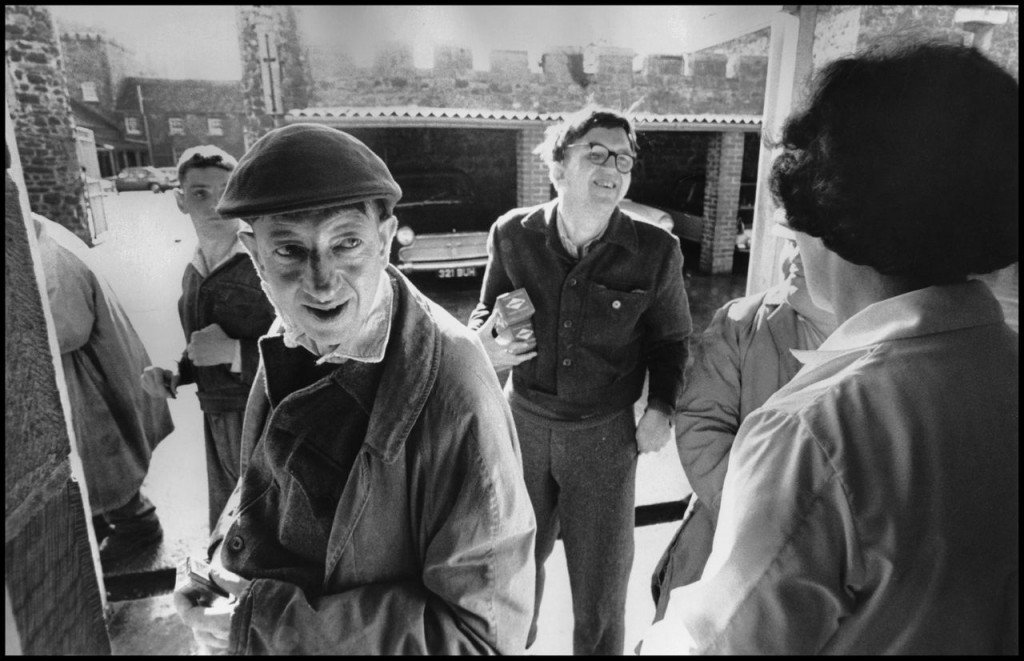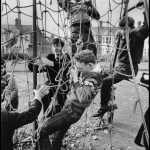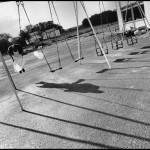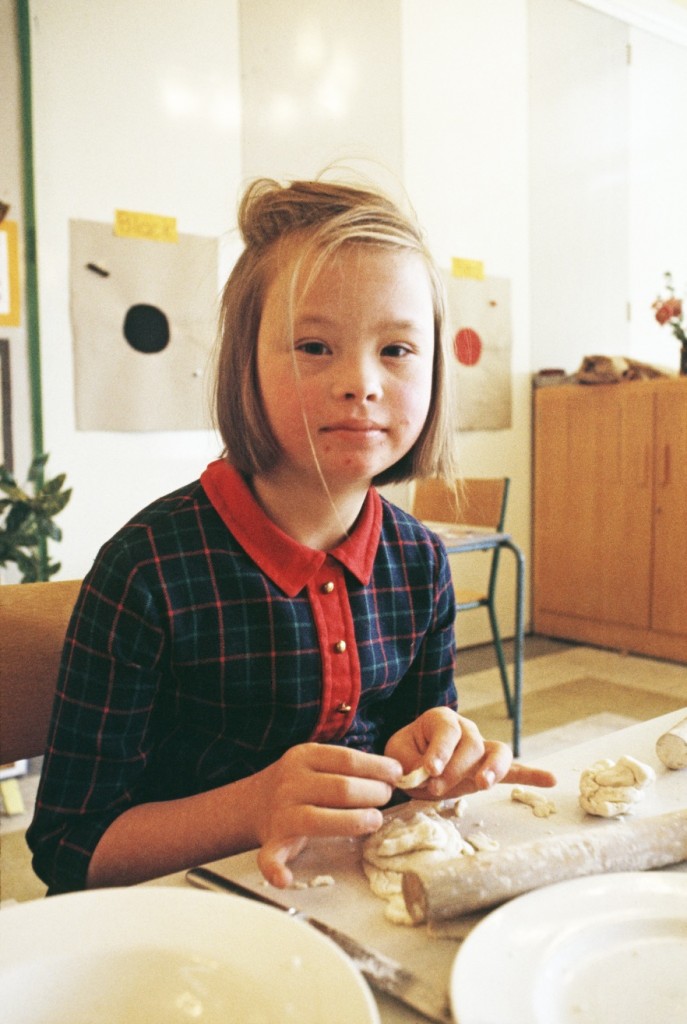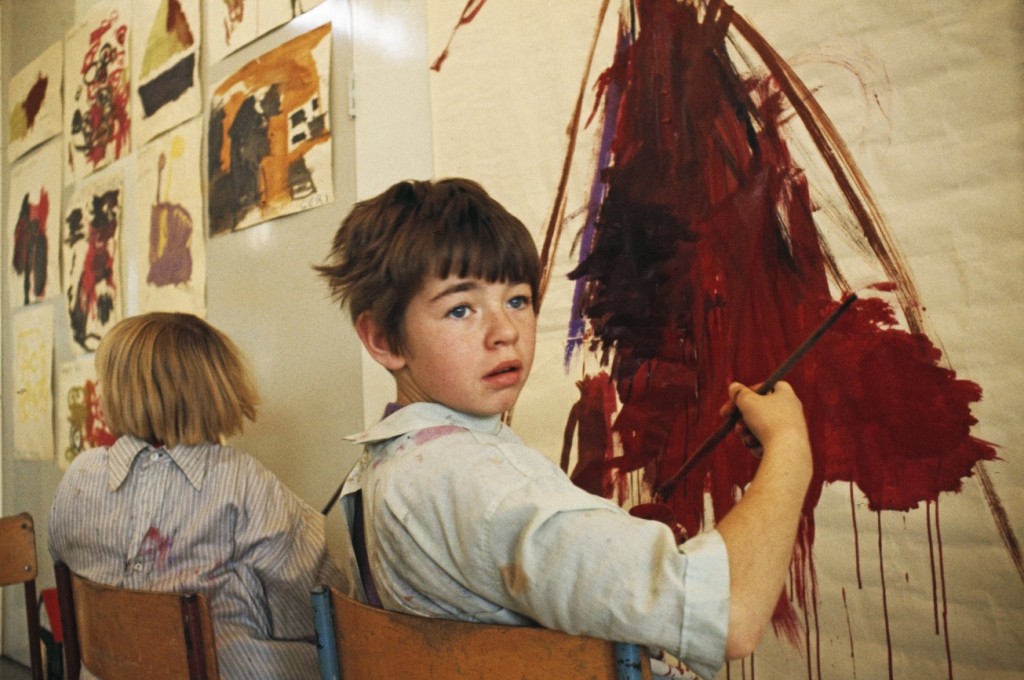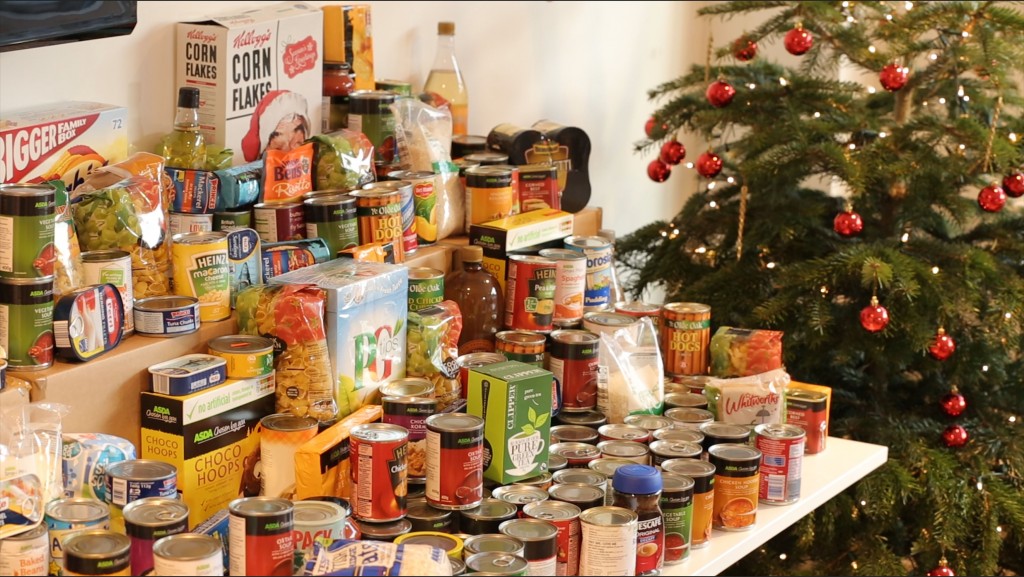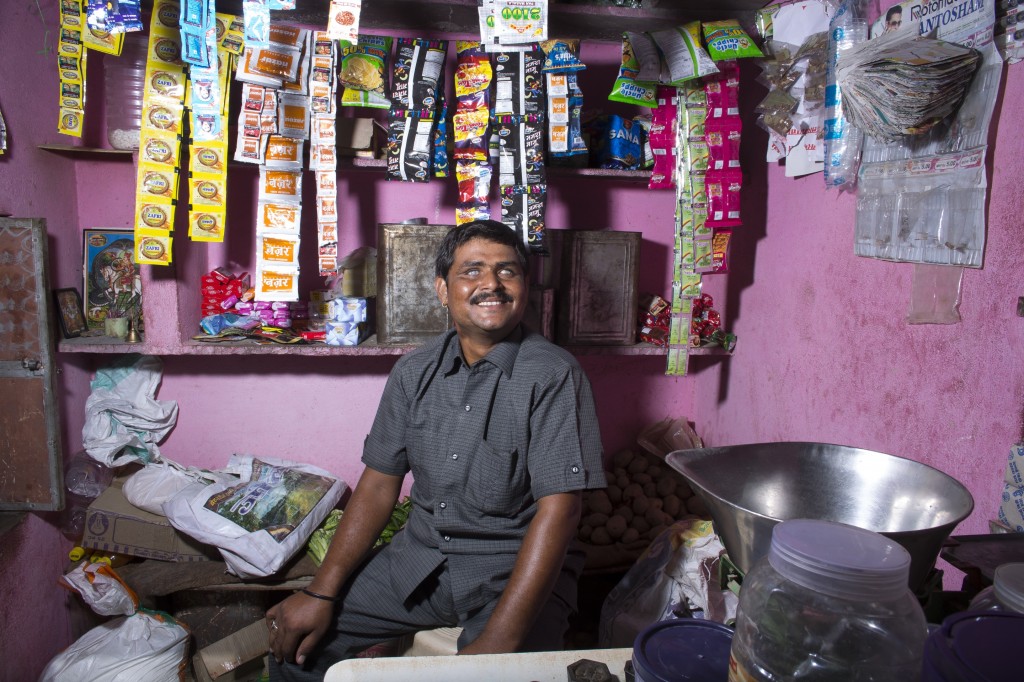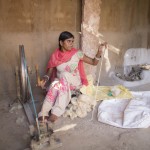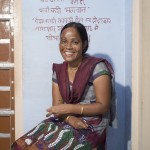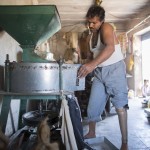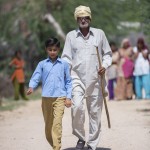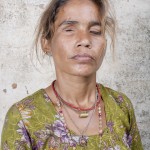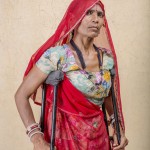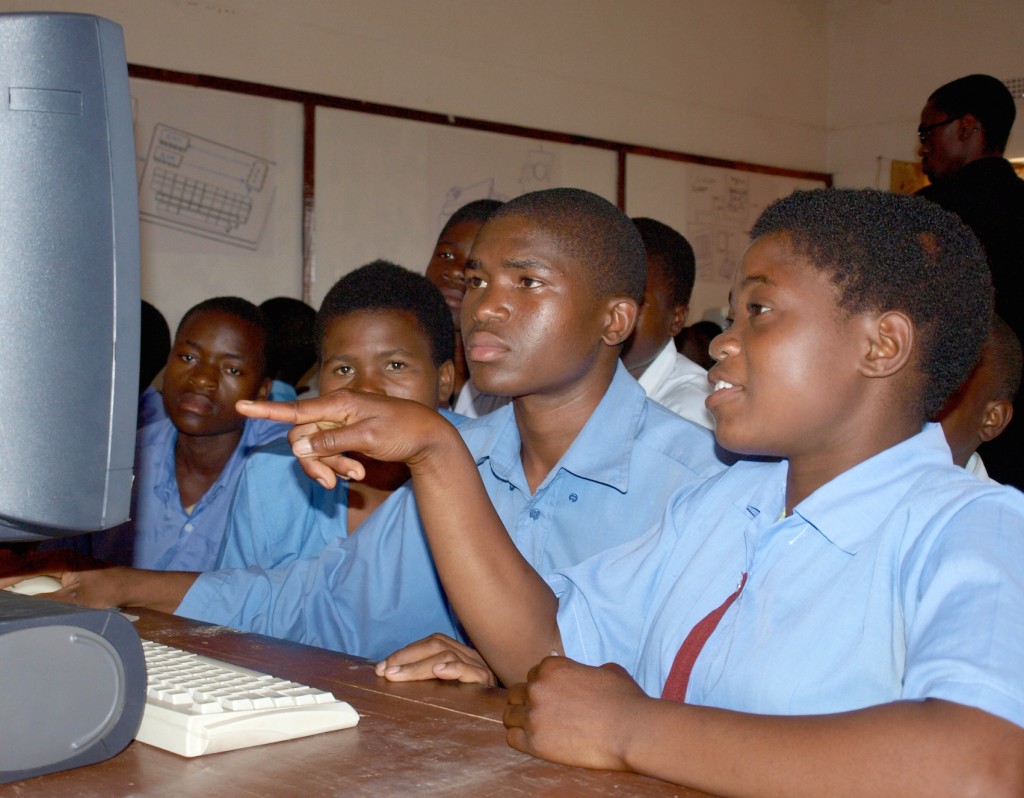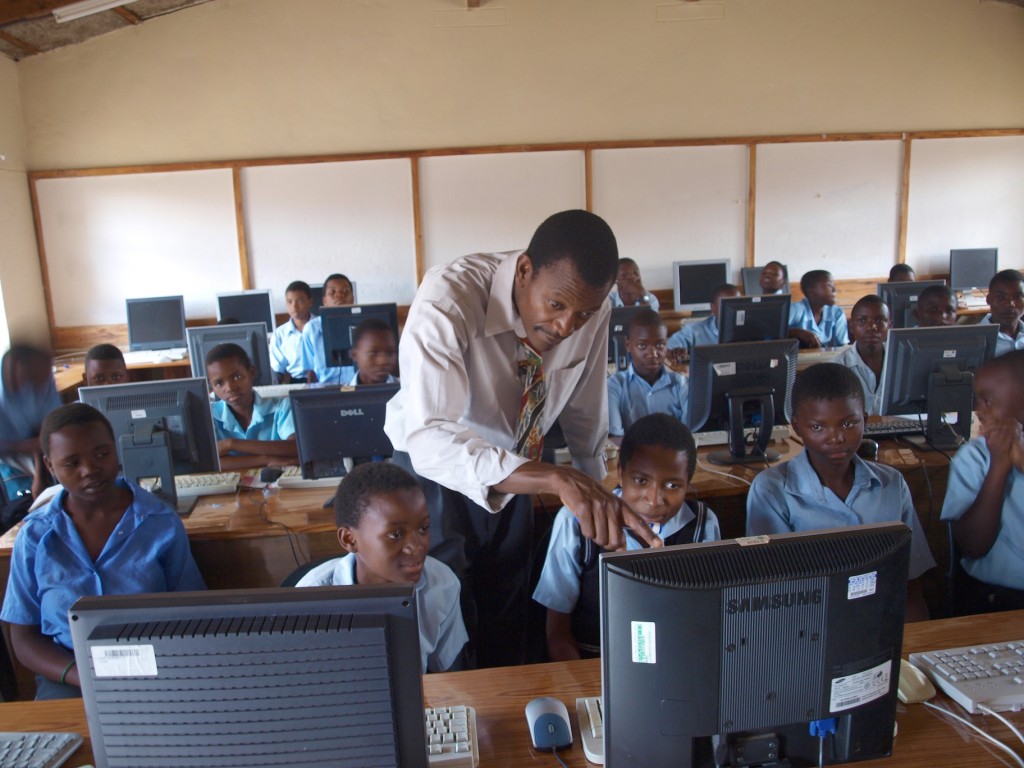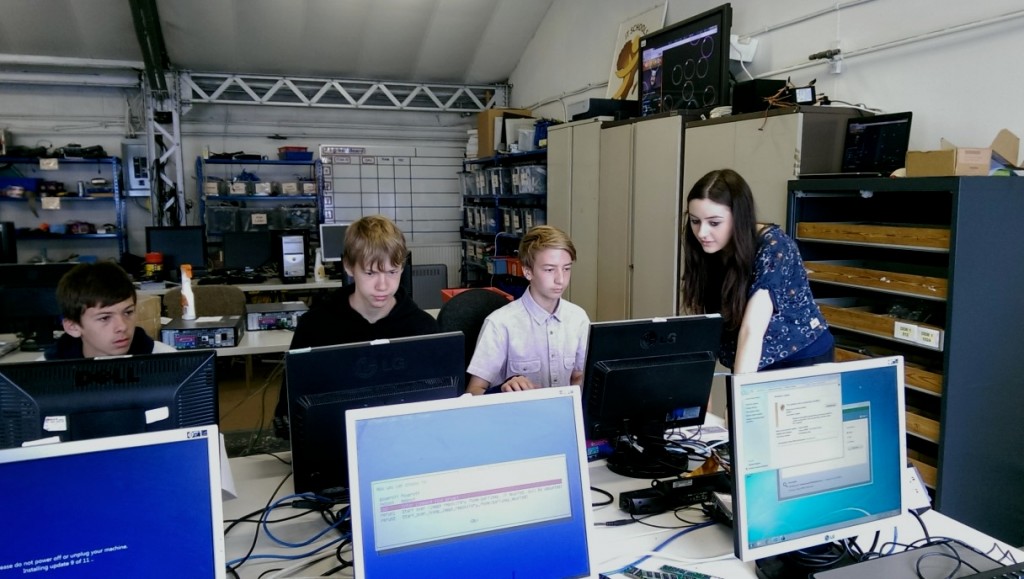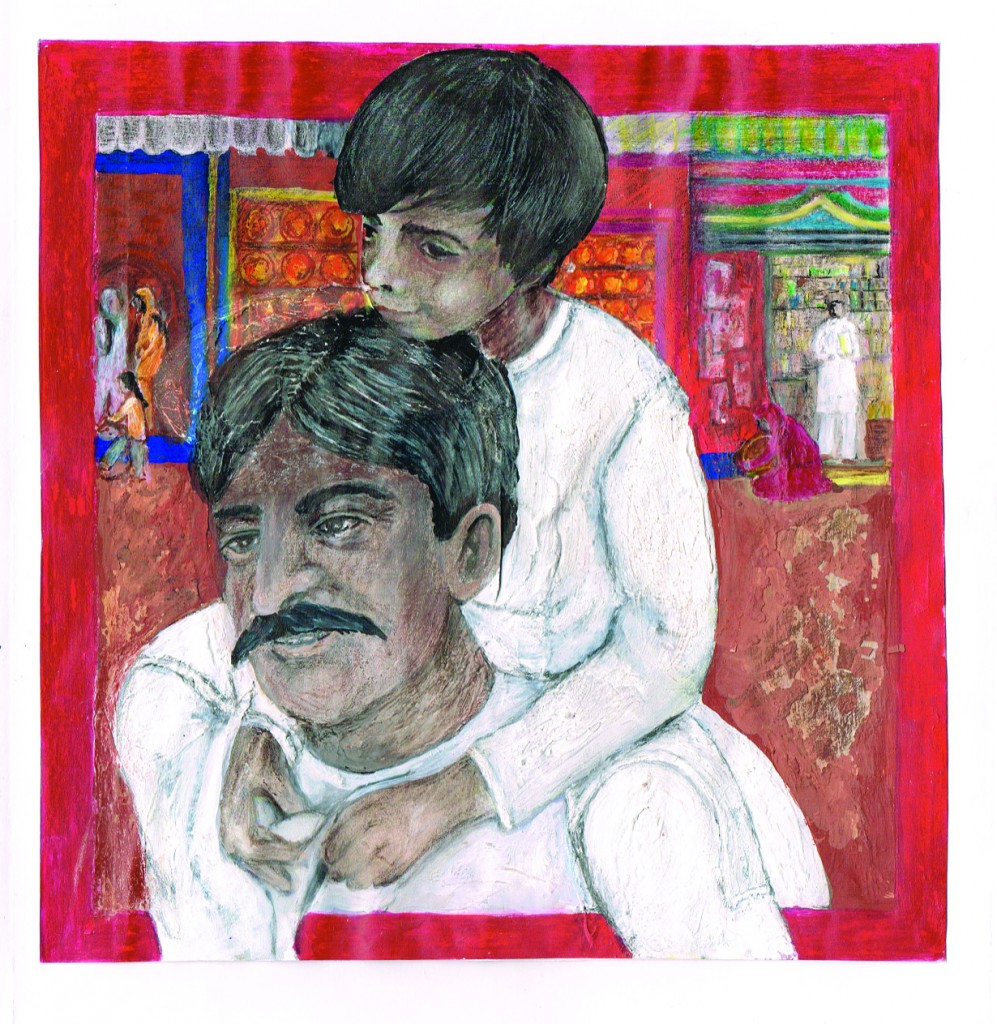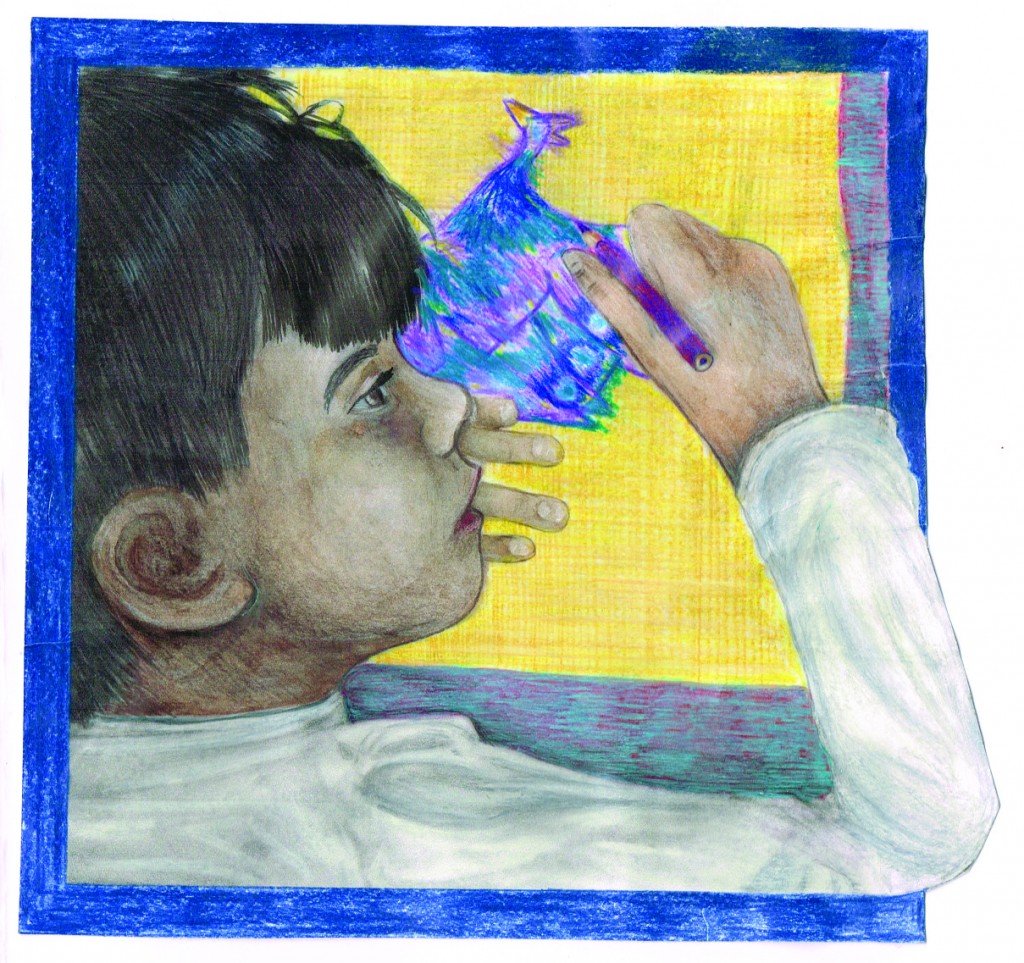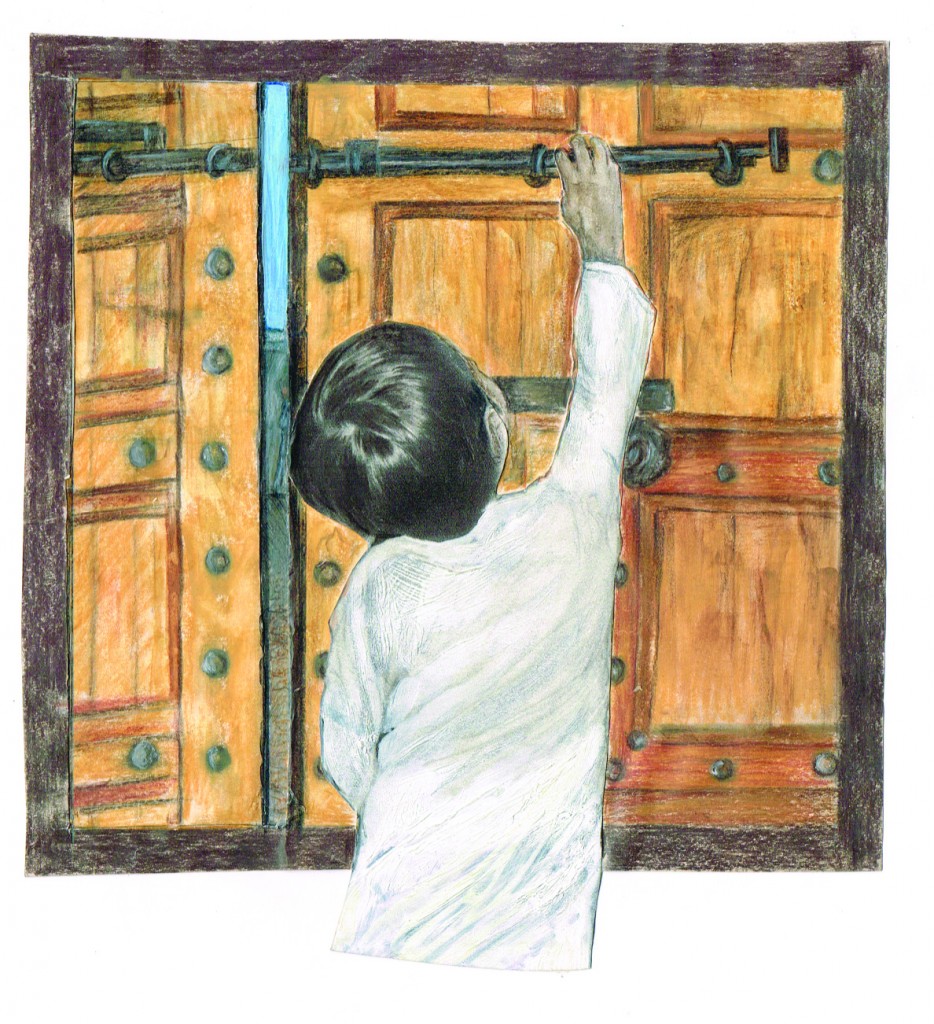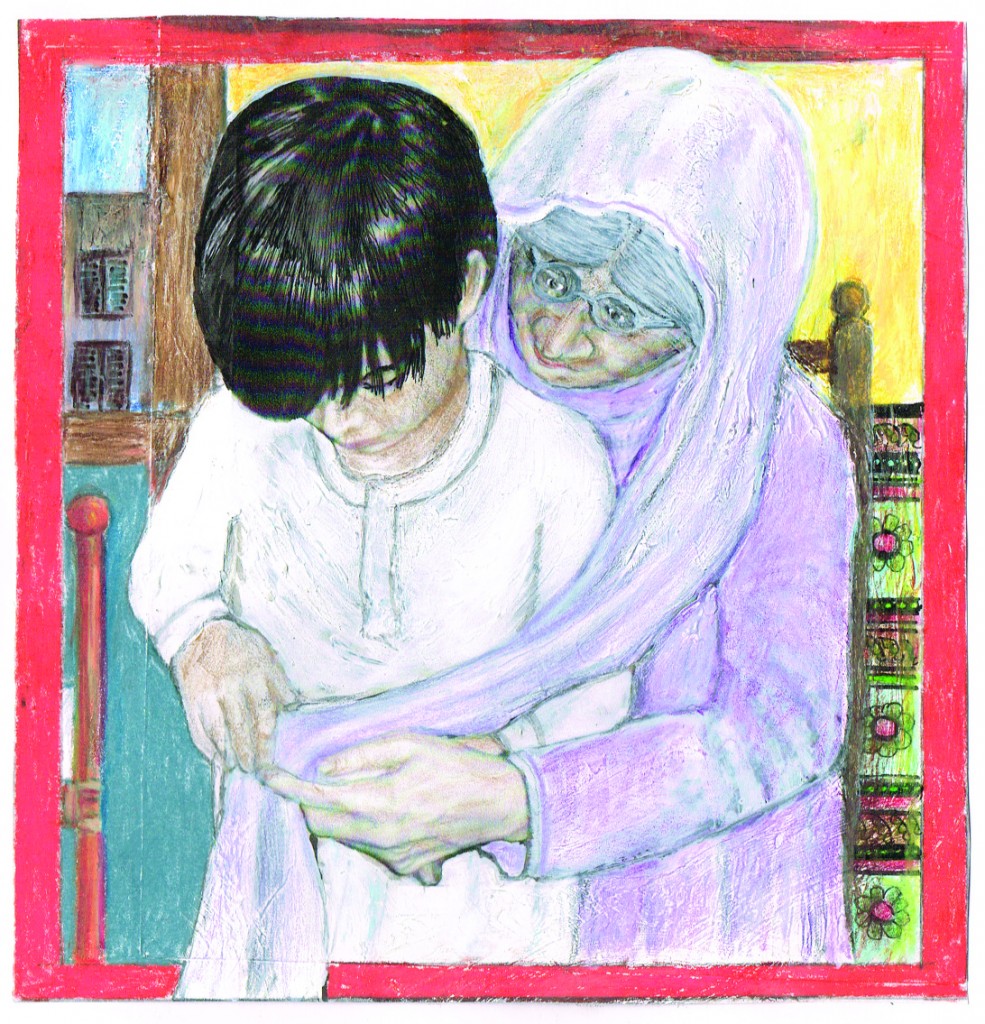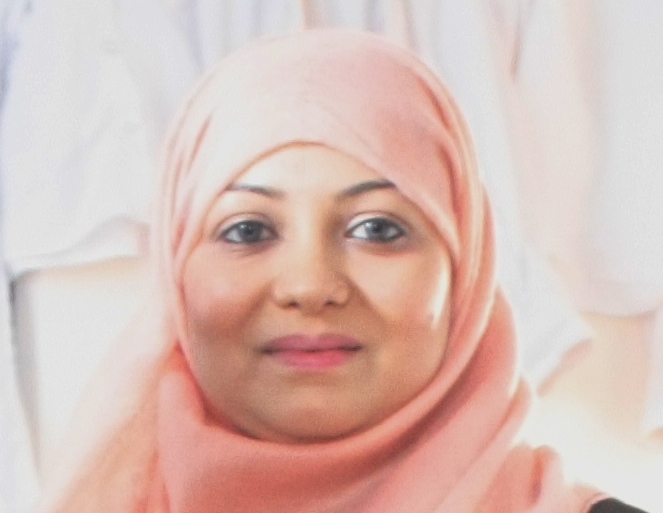With today the United Nations’ International Day for the Elimination of Violence Against Women, I was interested to hear of a scheme from the States that aims to help abused women find support online within seconds.
The web is full of information about domestic violence, but searching for local, reliable and relevant services often means trawling through and weeding out old information and advert-laden sites.
The recently launched American resource Domestic Shelters seeks to put that right. “Aggregating an ocean of information into a single place” is how project leaders refer to the scheme.
The newly launched project, a partnership between the American National Coalition Against Domestic Violence and charity Theresa’s Fund, says it is the first and largest fully searchable directory of domestic violence projects in the US, and includes around 3,000 places for women to find help quickly and easily.
Users enter their location, language and service preferences (emergency shelter, for example, or advice), and at a click, can find the nearest, most appropriate support. Recognising the fact that people increasingly use phones and tablets to conduct searches website is optimised for such devices.
I don’t know enough about the American support system to comment on the quality of resources people find via the new website, nor their accessibility, but the project got my interest as it comes at a time when domestic violence refuges in the UK are at crisis point.
One in four women (and one in six men) in the UK will be a victim of domestic violence during their lifetime, according to research. Two women a week are killed by a current or former male partner.
This is what one domestic violence campaigner and writer, Sarafina Bianco, has said about the project: “If this site had been around while I was searching for help, I probably could have started my healing journey much sooner.”
She adds: “When I was preparing to leave my abuser, I did not know there were non-profits working to support survivors of domestic abuse, so I secretly planned by myself, hoping my logic would surface at a time when I was truly panicking and in a traumatic state. That was five years ago. Even after leaving and finding out there were resources, it took several Google searches to find the local non-profits in my area.
“Still, I couldn’t help but wonder, if it was difficult for me to find them after leaving, how someone still in their abusive relationship could find them without getting caught…Domesticshelters.org streamlines a very important process for any person, at any point in their recovery, to find the nearest service providers who will help them begin thriving in society once more.”
While the project only launched a couple of months ago, you can see how its benefit may go beyond the immediate goal of signposting to the right support; in time, depending on how its search terms and traffic are analysed and the results shared, it might shed some light on the kinds of services the country needs more of.
